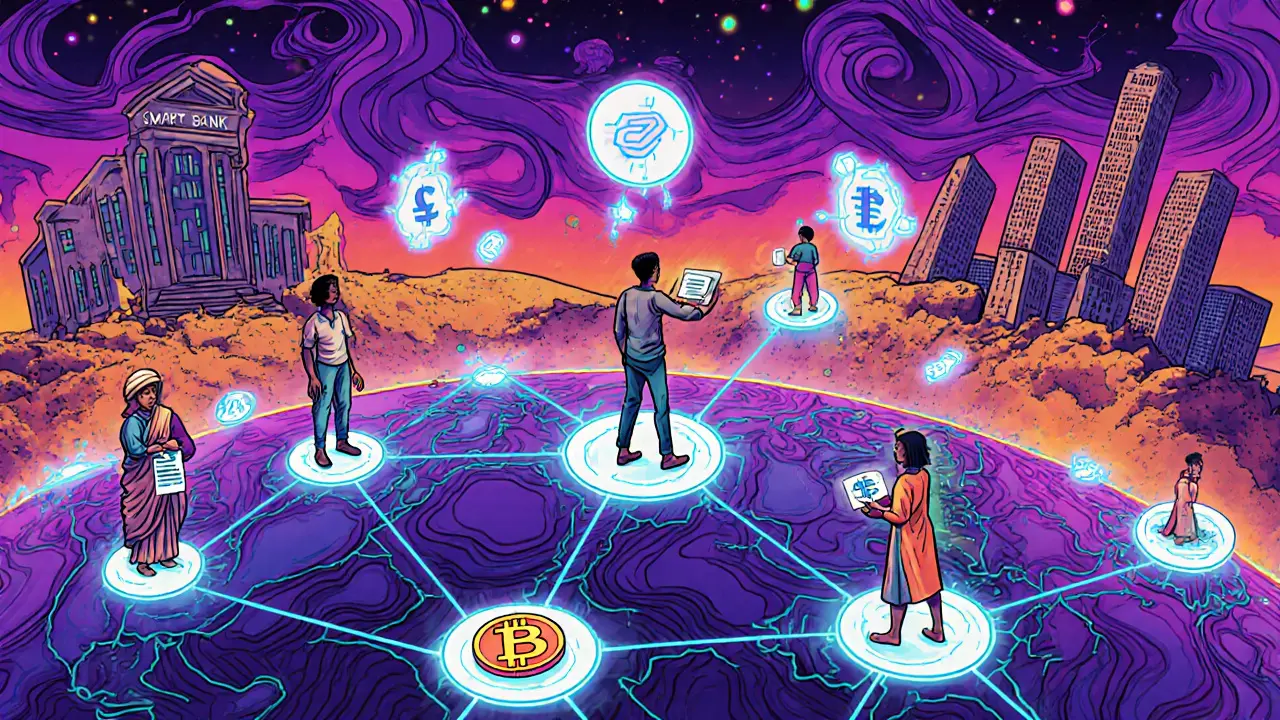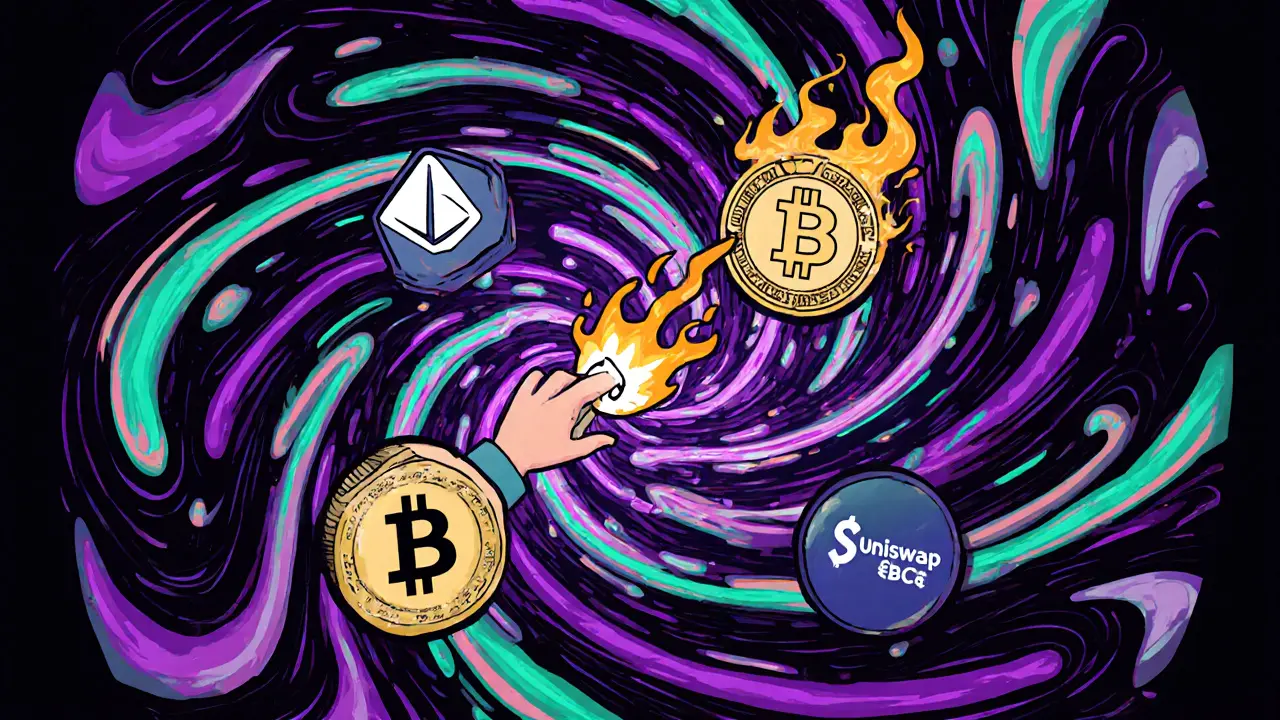Blockchain: What It Is, How It’s Used, and What You Need to Know in 2025
When you hear blockchain, a distributed digital ledger that records transactions across many computers so that any involved record cannot be altered retroactively. Also known as distributed ledger technology, it’s the backbone of Bitcoin, smart contracts, and now, real-world asset tokenization. This isn’t just about crypto — it’s about trust without middlemen. Banks, governments, and even real estate firms are testing it to cut costs, speed up settlements, and open ownership to more people.
One of the biggest shifts in 2025 is how RWA tokenization, the process of turning physical assets like real estate, gold, or government bonds into digital tokens on a blockchain is driving real money into the space. The market hit $34.86 billion last October, led by institutions like BlackRock using blockchain to trade tokenized Treasuries. That’s not speculation — it’s institutional adoption. Meanwhile, crypto regulation, the set of legal rules governing how blockchain-based assets are issued, traded, and taxed is tightening everywhere. The EU’s MiCA rules, OFAC sanctions, and India’s tax policies aren’t killing blockchain — they’re forcing it to grow up. If you’re holding tokens or running a crypto business, you can’t ignore these rules anymore.
Behind every blockchain project are tools and behaviors that determine its survival. decentralized exchange, a peer-to-peer platform for trading crypto without a central authority, relying on smart contracts and liquidity pools like Uniswap v3 or Saros Finance aren’t just apps — they’re the marketplaces where value is discovered. But not all DEXes are equal. Some have deep liquidity and active users. Others? Dead. And then there’s blockchain analytics, the use of on-chain data like wallet flows, miner activity, and transaction patterns to understand market behavior. Professionals don’t guess price moves — they look at MVRV Z-Scores and exchange netflows. That’s how you tell a real project from a dead token.
You’ll find posts here that cut through the noise. No fluff. Just real talk about what’s working, what’s banned, what’s a scam, and what’s actually changing how money moves. Whether you’re trying to understand why Qatar allows tokenized property but not Bitcoin, or why a crypto exchange called JulSwap is fading into oblivion, you’ll get the facts — not the hype.
How DeFi is Disrupting Traditional Finance
DeFi is changing finance by removing banks, cutting fees, and giving global access to lending, trading, and savings-all through blockchain and smart contracts. Here’s how it’s disrupting traditional finance and who’s really benefiting.
Future of Web3 Internet: How Decentralized Tech Is Reshaping Online Ownership
Web3 is reshaping the internet by giving users control over their data and digital assets through blockchain, AI, and decentralized identity. Real-world adoption is growing fast in enterprise, not just crypto.
Use Cases for Flash Loans in DeFi: Arbitrage, Liquidations, and More
Flash loans enable instant, collateral-free borrowing in DeFi for arbitrage, liquidations, and collateral swaps-all within a single blockchain transaction. Learn how they work and why they matter.


